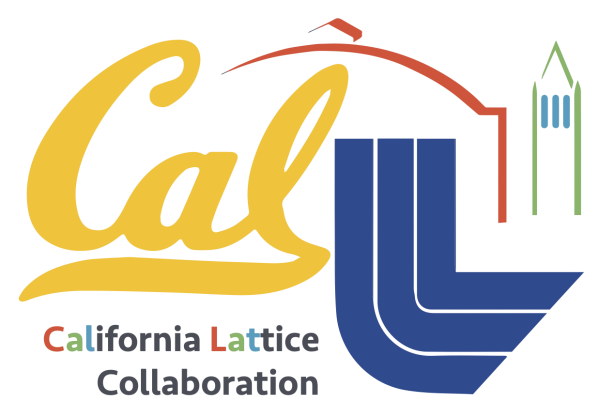Detailed analysis of excited state systematics in a lattice QCD calculation of $g_A$
12 Apr 2021
Excited state contamination remains one of the most challenging sources of systematic uncertainty to control in lattice QCD calculations of nucleon matrix elements and form factors. Most lattice QCD collaborations advocate for the use of high-statistics calculations at large time separations ($t_{\rm sep}\gtrsim1$ fm) to combat the signal-to-noise degradation. In this work we demonstrate that, for the nucleon axial charge, $g_A$, the alternative strategy of utilizing a large number of relatively low-statistics calculations at short to medium time separations ($0.2\lesssim t_{\rm sep}\lesssim1$ fm), combined with a multi-state analysis, provides a more robust and economical method of quantifying and controlling the excited state systematic uncertainty, including correlated late-time fluctuations that may bias the ground state. We show that two classes of excited states largely cancel in the ratio of the three-point to two-point functions, leaving the third class, the transition matrix elements, as the dominant source of contamination. On an $m_\pi\approx310$ MeV ensemble, we observe the expected exponential suppression of excited state contamination in the Feynman-Hellmann correlation function relative to the standard three-point function; the excited states of the regular three-point function reduce to the 1% level for $t_{\rm sep} >2$ fm while, for the Feynman-Hellmann correlation function, they are suppressed to 1% at $t_{\rm sep}\approx1$ fm. Independent analyses of the three-point and Feynman-Hellmann correlators yield consistent results for the ground state. However, a combined analysis allows for a more detailed and robust understanding of the excited state contamination, improving the demonstration that the ground state parameters are stable against variations in the excited state model, the number of excited states, and the truncation of early-time or late-time numerical data.
